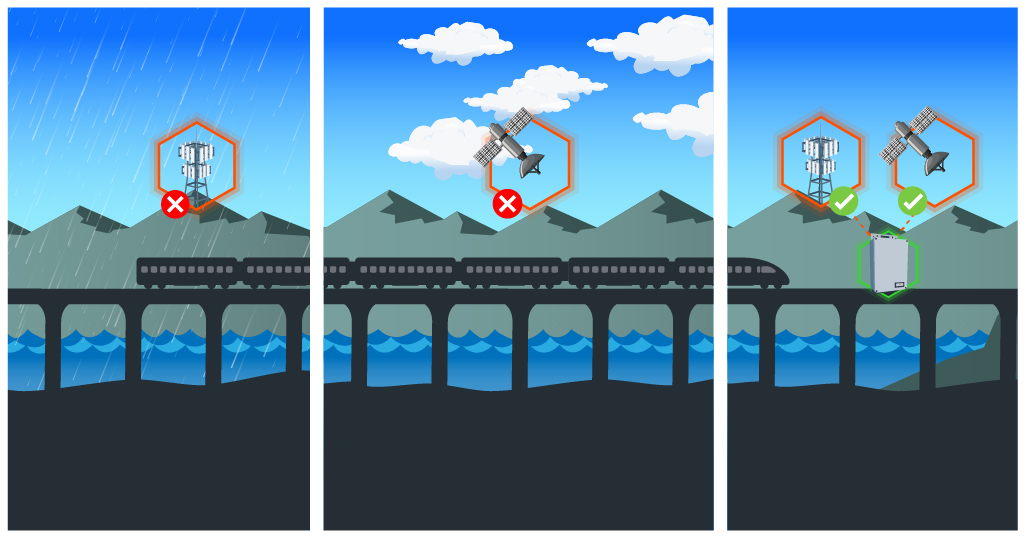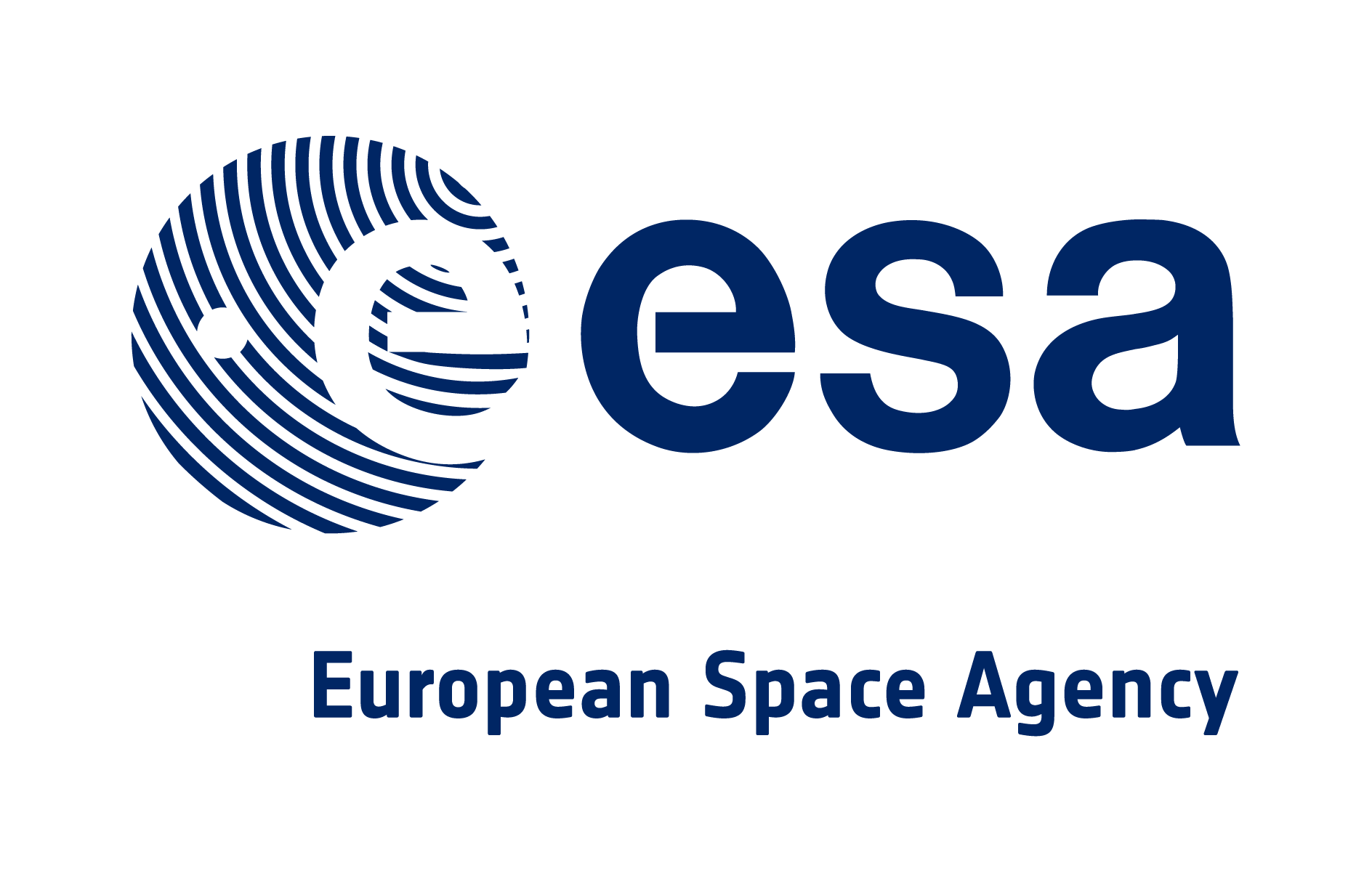Hybrid connectivity deliver the best of all worlds for IoT deployments

Connectivity is critical for an IoT deployment. Without robust, reliable connectivity, the data gathered by IoT devices cannot reach its required destination quickly or regularly enough – meaning cutting-edge applications, including digital twins, are not working with the best information possible. For end users, this means gaps in insight which can prove critical, be that in relation to the condition of a remote asset, or environmental conditions on a site caught in a storm.
Satellite and cellular are both important options for IoT deployments, but of course both have their downsides. Krucial CONNECT provides hybrid connectivity – ensuring the best of both worlds – and guaranteeing maximum uptime on IoT deployments anywhere on Earth. So what is the difference between satellite, cellular, and a hybrid option for IoT?
Satellite
Satellite connectivity covers areas where other backhauls don’t, allowing IoT deployments in the most remote locations on earth, and guaranteeing data flow even where cellular, for example, has gone down. It’s expected that by 2025, more than 30mn satellite IoT devices will be deployed worldwide, demonstrating the potential in this technology to move data from remote locations.
While its benefits are undeniable, satellite can still be a complex and, at times, expensive, technology for organisations to tap into, meaning utilising a gateway that connects to satellite infrastructure is often a simpler, more cost-effective option.
Cellular
Cellular connectivity offers lower latency connectivity and higher bandwidth, but only around 10% of the Earth’s surface has access to terrestrial connectivity services. Setting up cellular infrastructure can be very costly, so utilising a solution that can tap into cellular – without having to build an infrastructure from scratch – is preferable.
Krucial CONNECT hybrid connectivity
Krucial CONNECT combines cellular with multiple satellite backhauls, meaning data can be moved via a hybrid mix of options. The gateway switches between these options depending on availability – so if cellular goes down, or is not available, primary or secondary satellite kicks in. For those with large scale deployments in remote areas, this means that even when extreme weather conditions make it difficult to reach a site, data still flows.
The scalability of the solution comes from its ability to work anywhere on earth. Users can deploy one solution across all its sites and assets, reducing complexity, while its technological agnosticism ensures it can work with any number of existing sensors, getting all data to the cloud regardless of what device it has come from.
Using hybrid connectivity gives IoT deployments the best chance possible to meet the project goals of any organisation – and helps ensure data blindspots are a thing of the past.
To find out more about what a hybrid connectivity option could look like for your organisation, get in touch with Krucial here.
Share this article
Recent Posts
Archives
- May 2023 (8)
- June 2023 (8)
- July 2023 (6)
- August 2023 (6)
- March 2023 (5)
- September 2023 (5)
- September 2024 (5)
- October 2024 (5)
- November 2024 (5)
- October 2022 (4)
- November 2022 (4)
- February 2024 (4)
- May 2022 (3)
- July 2022 (3)
- August 2022 (3)
- September 2022 (3)
- February 2023 (3)
- October 2023 (3)
- November 2023 (3)
- March 2024 (3)
- April 2024 (3)
- May 2024 (3)
- August 2024 (3)
- January 2025 (3)
- February 2025 (3)
- May 2021 (2)
- July 2021 (2)
- October 2021 (2)
- February 2022 (2)
- March 2022 (2)
- June 2022 (2)
- December 2023 (2)
- December 2024 (2)
- June 2019 (1)
- March 2020 (1)
- July 2020 (1)
- September 2020 (1)
- October 2020 (1)
- March 2021 (1)
- June 2021 (1)
- September 2021 (1)
- December 2022 (1)
- January 2023 (1)
- April 2023 (1)
- January 2024 (1)
- July 2024 (1)
Proud to be supported by








